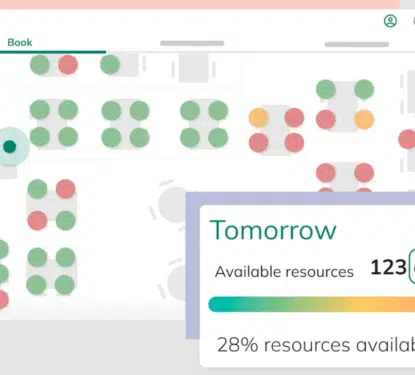Stay ahead of the pack
with the latest independent smart building research and thought leadership.
Have an account? Login
Subscribe Now from just $400 per year per user for Access to Quality Independent Smart Building Research & Analysis!
What Exactly Do you Get?
- Access to Website Articles and Notes. Unlimited Access to the Library of over 2000 Articles Spanning 10 Years.
- 10% discount on ALL Memoori Research reports for Subscribers!
- Industry-leading Analysis Every Week, Direct to your Inbox.
- AND Cancel at any time
Want an Enterprise subscription? Get in touch.
Email us at: support@memoori.com



